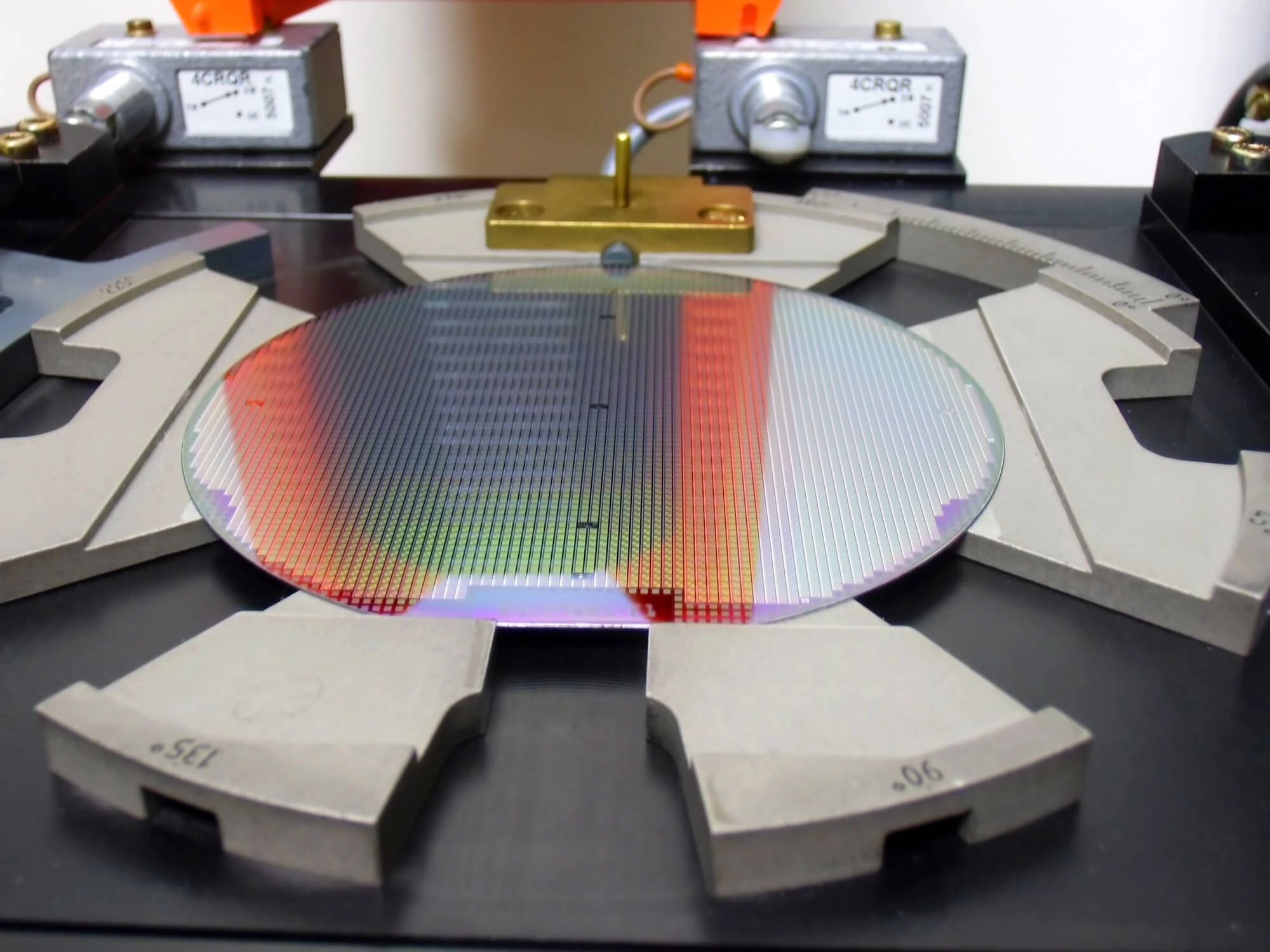Terahertz (THz) radiation, which occupies the electromagnetic spectrum between microwaves and infrared light, has gained increasing interest in fields like spectroscopy, imaging, and communications. And in THz research and technology, a float zone wafer plays a critical role.
This highly pure form of monocrystalline silicon reacts uniquely to THz radiation, which is why it is essential for optimizing devices used in THz optics and detection.

Float zone silicon wafers are produced using the float-zone method, which allows the growth of extremely pure and defect-free silicon without using a crucible. This process eliminates oxygen and other impurities often found in Czochralski silicon wafers.
Because of their low impurity levels and high resistivity, FZ wafers have minimal free carriers. This makes them transparent to various electromagnetic frequencies, including terahertz waves.
High-resistivity FZ silicon is largely transparent to terahertz radiation. Since THz waves are strongly absorbed by free carriers (electrons and holes), the near-absence of dopants in float zone silicon means fewer carriers absorb the radiation.
This makes FZ silicon ideal for windows, lenses, and substrates in THz systems where low-loss transmission is critical.
FZ silicon has a relatively high refractive index (~3.4 in the THz range), which can cause Fresnel reflections at the interfaces. These reflections limit transmission efficiency unless anti-reflective coatings or index-matching techniques are used.
However, due to its high optical quality, FZ silicon produces predictable and low-scatter interactions, making it suitable for precision THz optics.
Float zone silicon can also exhibit nonlinear optical effects or thermal responses at higher THz powers or pulsed exposures. In advanced THz applications, such as nonlinear spectroscopy or pump-probe experiments, FZ wafers may be used as modulators, filters, or sensors based on their nonlinear interactions with strong THz fields.

Float zone silicon wafers are ideal for terahertz radiation applications due to their exceptional purity, high resistivity, and optical clarity. They allow for efficient transmission, minimal absorption, and predictable optical behavior in the THz range.
Whether used in imaging, spectroscopy, or optics, FZ wafers are a cornerstone in developing cutting-edge terahertz technologies. If you’d like to learn more about the uses of these semiconductors, contact Wafer World today!